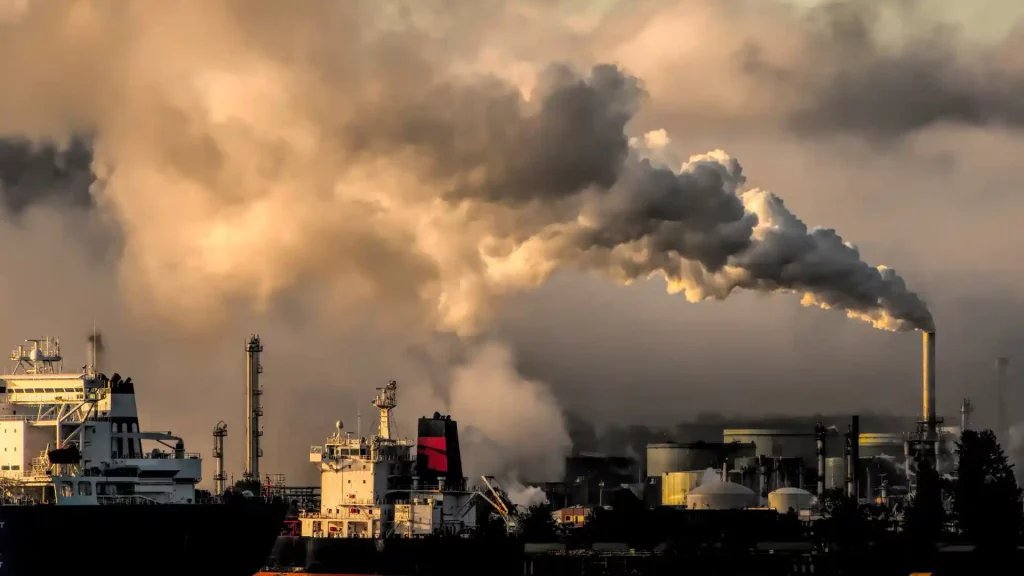Before the EU elections, the European Commission has recommended that the European Union cut net greenhouse gas emissions by 90% by 2040. This is an ambitious goal that will gauge political support for the region’s climate change efforts.
The EU executive modified part of the advice on agriculture in response to weeks of protests by farmers who were upset about EU green standards, among other grievances, even though the overall objective was within the range suggested by the EU‘s official climate scientific advisers.
EU Climate Proposal Faces Farmer Backlash
Previously, the earlier draft of the European Union plan that the Reuters news agency saw stated that agriculture’s contribution to the overall climate goal would have to be reduced by 30 percent by 2040 from 2015 levels. It was removed from the final draft.
Wopke Hoekstra, European Commissioner for Climate Action, told the European Parliament that they would need to make sure that they have a more balanced approach. According to him, the majority of their population knows that climate change is happening. They want to feel protected, but they are also concerned about what it means for their livelihood.
Ursula von der Leyen, the head of the European Commission, previously made a significant contribution by burying a plan to halve the use of chemical pesticides by the end of this decade, demonstrating how politically sensitive the environmental problem has become and how angry farmers are venting their frustration throughout the bloc.
Ursula further admitted that the legislation had been delayed due to disagreements between European Union politicians and member countries and that the idea “had become a symbol of polarisation.”
The revelations on Tuesday coincided with a demonstration by hundreds of farmers outside the European Parliament building. They were upset about their perceived burdensome environmental restrictions, increased expenses, and declining wages.
The European Union, which consists of 27 countries, is now striving to meet an interim goal of reducing greenhouse gas emissions by 55% by 2030.
Bridging the Gap: From 2030 Goals to Net-Zero 2050
The proposed goal on Tuesday will serve as the starting point for political discussion, but passing the final goal will go to the newly elected EU Parliament and Commission in June.
It may be more challenging to pass ambitious climate legislation if the election results in a tilt to the right in the European Union Parliament, according to polls.
Aimed at gaining a competitive advantage in the European clean-tech sector and preserving public support for climate policy ahead of the EU elections, the EU plan was formulated in the face of political resistance to green laws from certain European Union states and legislators.
To achieve the EU’s long-term goal of reaching net-zero emissions by 2050, member states must stay on course to meet the 2030 climate goal.
Europe’s Climate Crossroads: Balancing Ambitious Goals with Tough Realities
As it starts to affect delicate areas like farming and as conventional businesses confront severe competition from China in the green tech space, Europe’s climate strategy is entering a challenging period.
Hundreds of millions of tonnes of CO2 emissions are expected to be captured and stored by 2050, according to a second European Union document that was also released on Tuesday. This is just one of several sectors that will require significant investments in new technology.
By 2040, Europe will have a completely different energy mix thanks to the phase-out of coal-fueled power and an 80% reduction in the overall usage of fossil fuels, which nuclear and renewable energy sources will replace.
More damaging extreme weather, which could result in additional costs for the EU of 2.4 trillion euros ($2.6 trillion) by 2050 if global warming is not kept to 1.5 degrees Celsius (2.7 degrees Fahrenheit) above pre-industrial levels, was another cost of failing to address climate change that was detailed in the draft.
By 2022, the European Union will have slashed its greenhouse gas emissions by 33 percent from 1990 levels.
